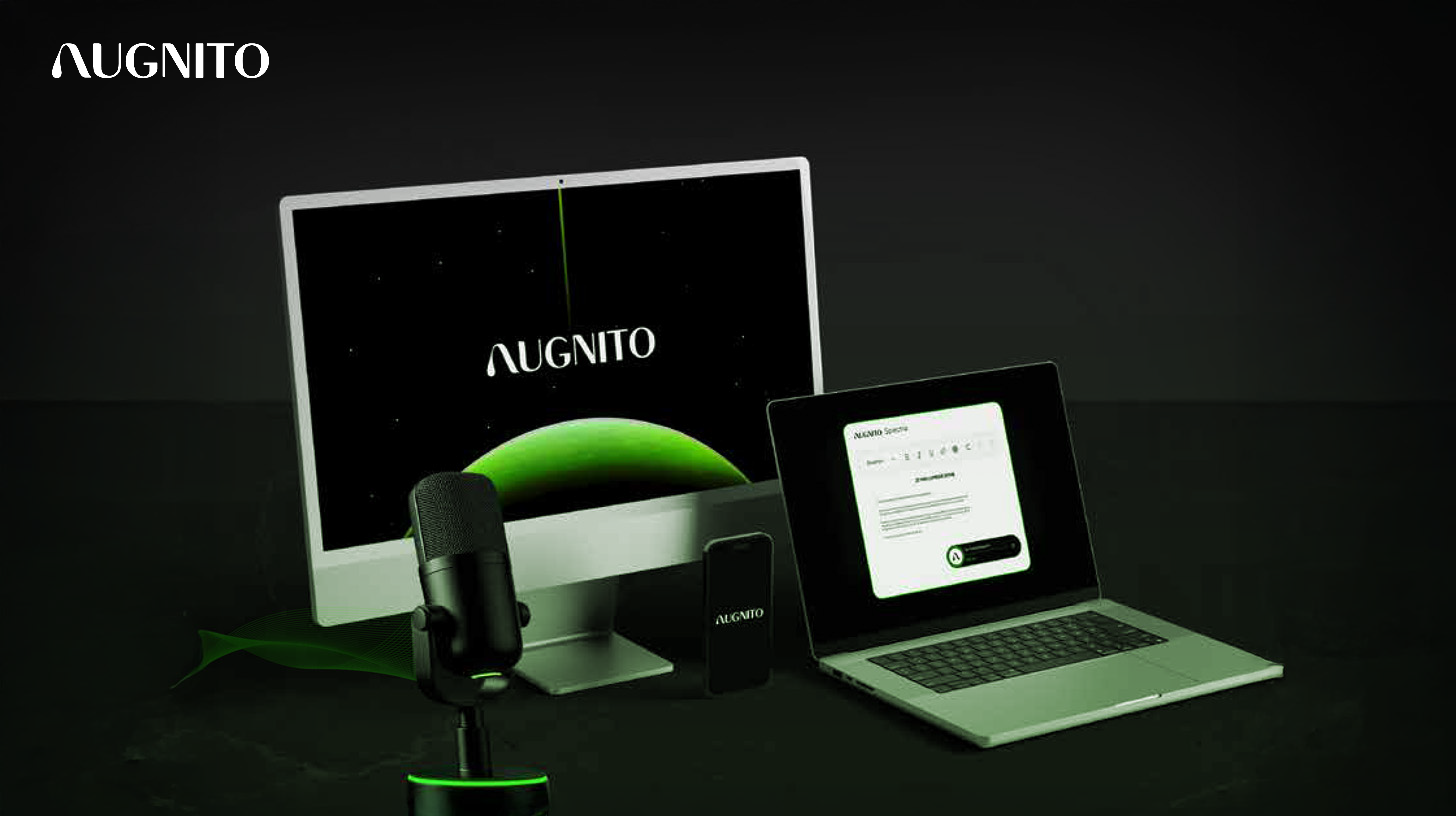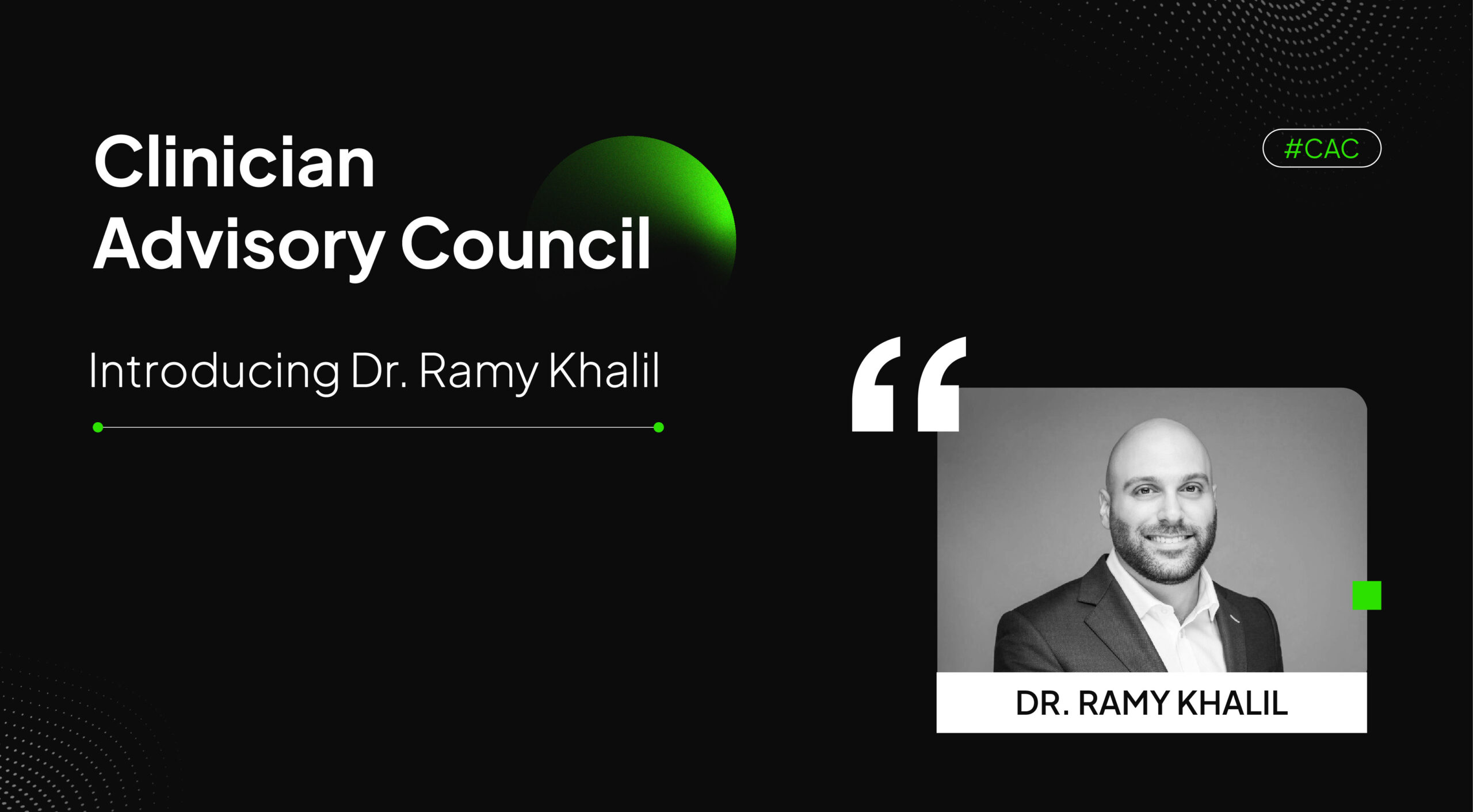The Evolution of Clinical Documentation
The past decade has witnessed remarkable advancements in voice technology and natural language processing, leading to the rise of speech recognition in the medical field. This technology has the potential to capture physician narration and automatically transcribe clinical notes with high accuracy. The transition from manual transcription to voice-based clinical documentation offers tremendous benefits for both patients and healthcare organizations.
The role of the medical transcriptionist has evolved with these technological advancements. They are now leveraging speech recognition technology to transcribe clinical notes more efficiently and accurately. This transition from manual transcription to voice-based solutions is revolutionizing the field of medical transcription.
The use of medical dictation software, powered by advanced speech recognition technology, is transforming the way clinical documentation is done. This transition from manual transcription to voice-based solutions is not just a technological shift, but a strategic move towards more efficient and accurate clinical documentation. This transition is set to bring about significant improvements in patient care and operational efficiency in healthcare organizations.
Challenges in Adopting Voice-Based Clinical Documentation
Transitioning an entire healthcare system from manual processes to voice-enabled documentation is a monumental task. It involves overcoming institutional inertia, securing physician buy-in, ensuring the accuracy of transcriptions, and maintaining regulatory compliance. The journey towards voice technology adoption in healthcare facilities is paved with challenges but promises significant rewards.
Resistance from Healthcare Professionals
The journey from manual processes to voice recognition software in healthcare documentation is often met with resistance. Many physicians and nurses, accustomed to traditional workflows, view new technologies with a degree of skepticism.
Managing resistance during technology transitions is crucial to successful implementation. This involves proper change management strategies and continuous training to drive utilization. By addressing these concerns head-on, healthcare facilities can ensure a smoother transition to voice recognition software for their documentation needs.
The shift to voice-enabled documentation is not just about adopting new technology; it’s about transforming the way healthcare professionals work. And while change can be challenging, the benefits of streamlined and efficient healthcare documentation through voice recognition software are well worth the effort.
Technological Hurdles
The transition from manual medical transcription to voice-based clinical documentation often presents technological challenges. The influx of patient information generated by voice documentation can strain hospital IT infrastructures, necessitating seamless integration with EHR systems and medical devices for a comprehensive patient record.
The shift from traditional workflows to voice-enabled medical documentation can be daunting for many healthcare providers. However, with proper change management strategies and continuous training, the transition can be made smoother. The benefits of efficient and streamlined patient information management through voice recognition software are well worth the effort, transforming the way medical transcriptionists work and enhancing the quality of care provided.
Privacy and Security Considerations
Navigating the shift from manual medical transcription to voice-based clinical documentation brings with it important privacy and security considerations. As sensitive patient information is transmitted via voice, it’s imperative for healthcare organizations to implement robust safeguards. This ensures compliance with regulations such as HIPAA, and is a critical aspect of the transition for medical transcriptionists.
The use of speech recognition software in healthcare is not just about adopting new technology, but also about transforming the way healthcare providers work. Tools such as de-identification of protected health information are crucial in this process. Despite the challenges, the benefits of efficient and streamlined medical documentation through voice recognition software are significant, making the effort worthwhile for a more secure and efficient healthcare system.
Accuracy and Reliability
Ensuring the accuracy and reliability of voice recognition technology is paramount in the transition from manual medical transcription to voice-based clinical documentation. Clinical-grade medical dictation software, like Augnito Spectra, boasts an impressive 99% accuracy rate right out of the box, addressing one of the key concerns healthcare providers have with adopting new speech recognition software. This high level of precision is essential for maintaining confidence in the technology and ensuring that medical documentation reflects the true state of patient information.
Moreover, the continual tuning of speech models is a critical step in enhancing the functionality of voice recognition systems. This process not only improves the accuracy of capturing patient information but also integrates seamlessly with electronic medical record (EMR) systems. By doing so, medical transcriptionists can leverage voice-powered clinical documentation to streamline workflows, reduce manual data entry, and ultimately improve the quality of care provided.
Benefits of Voice-Based Clinical Documentation
Embracing voice-based clinical documentation represents a significant leap forward for healthcare providers, offering a pathway to enhance the accuracy and efficiency of capturing patient information. Despite initial challenges, the integration of speech recognition software into medical practices promises to revolutionize medical documentation, streamlining processes and freeing up valuable time for patient care.
Efficiency Gains
The journey towards voice-based clinical documentation is a transformative one, often met with initial resistance but ultimately leading to significant efficiency gains. The integration of this technology into healthcare workflows has been shown to save physicians 2-3 hours per day previously spent on manual documentation, allowing for increased patient interaction.
This shift is not merely about adopting new technology; it’s about revolutionizing the way healthcare professionals work, and while change can be challenging, the benefits of streamlined and efficient healthcare documentation through voice recognition software are well worth the effort. Implementing strategies for a successful transition to voice-based clinical notes is crucial to overcoming resistance and ensuring successful adoption. This involves proper change management strategies and continuous training to drive utilization.
Cost Savings
The adoption of voice documentation is proving to be a game-changer for healthcare practitioners, offering up to a 30% boost in physician productivity. This remarkable improvement allows doctors to allocate more time for patient encounters, enhancing the quality of care and increasing the number of patients they can see. For hospitals, this efficiency translates into a dual benefit: a surge in revenue and a reduction in administrative costs, which together contribute to a more sustainable healthcare system.
Moreover, the role of medical scribes is evolving with the introduction of voice documentation, as it alleviates the burden of manual note-taking and data entry. This technological advancement not only streamlines the documentation process but also ensures that healthcare practitioners can remain fully present during patient encounters, fostering a better patient-provider relationship. The cost savings and productivity gains from voice documentation are clear indicators that the future of medical record-keeping lies in the power of speech.
Better Patient Engagement
The integration of voice documentation into clinical practice is a boon for healthcare practitioners, enhancing patient care by allowing doctors to engage more deeply during patient encounters. This technology liberates physicians from the laborious task of typing notes, fostering an environment where eye contact and active listening become the norm, thereby strengthening the patient-provider relationship. For healthcare providers, this means better patient engagement and a more personal approach to care.
The convenience and accessibility of voice documentation cannot be overstated, it empowers physicians to dictate clinical notes with ease, whether they are in the office or providing remote care via mobile devices. This flexibility is a significant advantage for medical scribes and medical transcription services, ensuring that patient records are accurate and up-to-date, regardless of the physician’s location. The result is a more efficient, patient-centered approach to medical documentation that benefits all stakeholders in the healthcare continuum.
Convenience and Accessibility
The transition to voice documentation is a transformative step for medical professionals, offering a more convenient and accessible way to capture clinical notes. This technology allows physicians to record their observations from anywhere, even remotely via mobile devices, making it a versatile tool in today’s digital healthcare landscape.
The integration of voice documentation into the electronic health record (EHR) system is a significant advancement in healthcare technology. By leveraging the power of artificial intelligence, voice documentation can transcribe spoken words into text in real-time, making the process of capturing clinical notes more efficient and accurate.
Change Management Strategies for Successful Adoption
The path to voice documentation is a strategic one, requiring change management strategies for successful adoption by medical professionals. This approach includes fostering patient engagement, providing continuous training, and setting an example for others to follow. By doing so, healthcare organizations can navigate the transition to electronic health records (EHR) powered by artificial intelligence with greater ease, ensuring that the benefits of this advanced technology are fully realized in the pursuit of enhanced patient care.
Communicating the ‘Why’ Behind the Change
Healthcare providers who transition from manual transcription to advanced transcription software often find that communicating the ‘why’ behind the change is essential. By involving physicians and nurses in leading the shift towards voice technology, and highlighting benefits such as reduced burnout and increased patient interaction, adoption becomes more organic and resonates strongly with the entire care team. This approach ensures that the transition is not just about new technology, but about enhancing the quality of care through improved engagement and efficiency.
Creating “Super Users” as Champions
The journey towards voice documentation in healthcare can be made smoother by identifying and nurturing ‘Super Users’ within the team. These are technologically adept physicians and nurses who can champion the adoption of voice tools. By conducting peer training sessions and demonstrating the efficiency gains in their workflow, these ‘Super Users’ can inspire their colleagues during the patient encounter and medical coding processes, making the transition less daunting and more embraced by the entire team.
Iterative Implementation and Feedback Loops
The EHR system integration with voice recognition technology not only enhances efficiency but also supports iterative implementation and feedback loops. By introducing voice documentation in stages, medical professionals can gradually adapt, providing valuable insights to refine the system. This phased approach can lead to early successes, fostering a positive perception and increased adoption among users.
Training Clinicians on Voice-Based Documentation
The only way to maximize EHR usage is through hands-on learning and continual skill development. Training must accommodate different learning styles and medical specialties.
Customizing for Each Specialty
The transition from manual medical transcription to voice-based clinical documentation is a significant shift for any healthcare provider. It’s not just about adopting a new technology, but about transforming the way medical professionals work.
This change can be challenging, but the benefits of efficient and streamlined documentation through voice recognition software are well worth the effort. One key aspect of this transition is the customization for each specialty. Different specialties, such as cardiologists, radiologists, and oncologists, have unique documentation needs.
Therefore, training modules should be designed to outline specialty-specific vocabulary, common workflows, and data input requirements.
Simulated Encounters
A crucial part of this transition is the use of simulated encounters. These practice sessions with simulated patients allow clinicians to familiarize themselves with voice user interfaces. As the complexity of scenarios increases across training modules, a medical professional can gain confidence and proficiency, ensuring a smoother transition and greater acceptance of the new medical transcription service.
Accessible Learning for All Skill Levels
A key aspect of this transition is ensuring accessible learning for all skill levels. By leveraging visual guides, videos, and interactive tutorials, voice EHR training can be made engaging for all learners. Additionally, offering refresher courses and troubleshooting support can further ease the transition, making the new system more approachable and user-friendly for a healthcare professional.
Implementation Strategies
Careful planning and phased deployment are essential to ensure a smooth adoption of this technology. By integrating voice technology, healthcare providers can significantly reduce the time spent on manual documentation, allowing for more direct patient care.
Tailoring the implementation strategy to accommodate all skill levels, with accessible learning resources such as visual guides, videos, and interactive tutorials, further ensures that every healthcare professional can effectively utilize this advanced tool, ultimately leading to better patient outcomes.
The following key aspects must be kept in mind:
- Phased Rollout: Start with a limited pilot focused on technologically adept early adopters before expanding to the broader organization.
- IT Collaboration: Work closely with IT teams and voice technology vendors to ensure tight integration with existing health IT systems.
- User Feedback: Continually gather user feedback to fine-tune voice recognition models and workflows.
Ensuring Accuracy of Voice-Based Documentation
While voice recognition has advanced significantly, ensuring the precision of voice-based documentation is paramount. Healthcare organizations must establish processes to continually refine transcription accuracy, addressing any errors promptly to maintain the integrity of patient records. This commitment to accuracy not only safeguards patient safety but also contributes to better patient outcomes by providing reliable data for clinical decision-making. The below-given methods are commonly suggested to ensure the accuracy of voice-based clinical documentation systems:
- Post-Processing with Human Audit: Have trained medical editors review structured data extracted from voice notes to catch and correct errors before the information reaches the EHR.
- Building Custom Voice Profiles: Voice recognition engines become more proficient with clinician-specific speech patterns and diction with ongoing use. Structured voice profile data improves accuracy.
- Automated Speech Analytics: AI can analyze the context and meaning behind speech, flagging unclear narrations for physician review. This allows doctors to confirm interpretations and improve results.
Ensuring Security and Compliance
Similarly, as healthcare professionals transition to voice-based clinical documentation, ensuring the security and compliance of sensitive patient data is imperative. While voice recognition technology offers a path to more efficient healthcare delivery and improved patient outcomes, it is essential to implement robust security measures to protect patient information. Two simple rules you will need to uphold all the time are:
- Privacy Safeguards: Leverage role-based access controls, encryption, and consent management tools to prevent unauthorized access.
- Regulatory Compliance: Confirm voice solutions meet HIPAA, HITECH, and other healthcare data protection regulations.
Conclusion: Preparing for the Voice-First Future
As healthcare continues to embrace digital advancements, the move from manual documentation to automated voice-based clinical documentation is a critical step in this evolution. This transition, while formidable, is essential for enhancing patient outcomes and patient safety. With meticulous change management, ongoing training, and continuous post-processing refinements, voice technology is poised to deliver significant improvements in efficiency and accuracy.
The promise of ambient clinical intelligence is too significant for healthcare institutions to overlook. The time is now to prepare our physicians and nurses for a voice-first future, with a focus on enriching the patient care experience. By doing so, we position ourselves at the forefront of healthcare’s digital transformation, ready to reap the benefits of improved patient outcomes and heightened patient safety through advanced voice recognition solutions.



